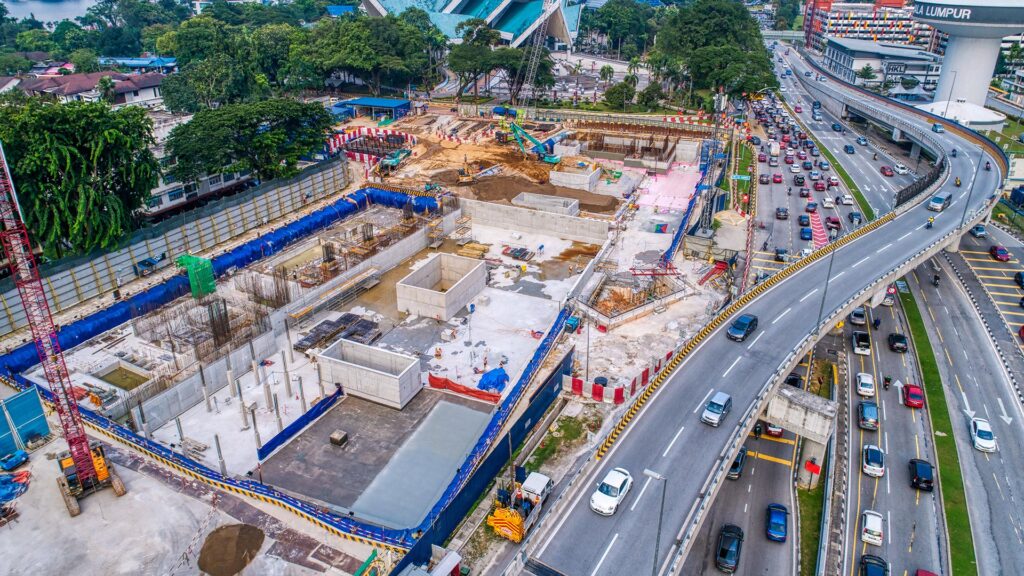Planning and design: Extensive surveys, geological studies, and urban planning.

Large transportation systems, whether they be above-ground light rails or trains that whiz through underground tunnels, are utilized by the majority of the world’s most populous cities to provide service to the surrounding population. Since more people are moving to metropolitan areas, it is possible that subway systems will need to be renovated, or even created outright in some regions. This implies that a skilled general contractor (GC) may find that working in this sector of the economy is a lucrative business opportunity.
On the other hand, subways are intricate, extensive, underground systems, and carrying out construction work on them can be a challenging endeavor. In particular, the nature of subways presents them with a distinct set of obstacles in terms of cost, manpower, safety, and the capacity to finish the job.
During the course of this article, the process of constructing a subway is discussed, along with the specialized and expensive equipment that is required to complete the task, as well as the specific safety and worksite issues that are involved while working below street level and sometimes even at sea level.
Modern subway construction often utilizes large TBMs to excavate tunnels. These machines can be customized for different soil and rock conditions.


This technique involves digging a trench from the surface, constructing the tunnel structure, then covering it back up. It’s often used for shallower sections and stations.
Building subway stations requires careful planning for passenger flow, safety features, and integration with the surrounding urban environment.
Precise track laying is crucial for smooth and safe train operation. This includes installing rails, ties, and ballast or slab track systems.


Modern subways rely on advanced signaling for safe and efficient operation, often using Communication-Based Train Control (CBTC) systems.
Proper air circulation and emergency systems are vital for passenger safety and comfort in underground environments.
Managing noise, vibration, and disruption to local communities is an important aspect of subway construction projects.

Splaiul Unirii nr 12, bloc B6, scara 1, ap. 22
©2024 WHT CONSTRUCTION MANAGEMENT S.R.L All Rights Reserved
